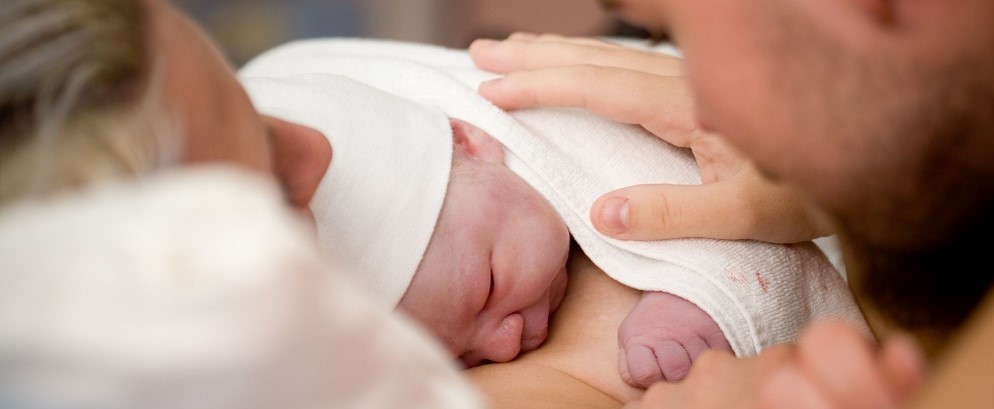Neonatal Research (NTNU Neo)
Neonatal medical research - NTNU Neo

Projects
Motion analysis and early diagnosis of cerebral palsy
Motion analysis and early diagnosis of cerebral palsy
Motion analysis and early diagnosis of cerebral palsy
Premature infants and other children who have been ill during the neonatal period may be at increased risk of various types of brain damage, including cerebral palsy (CP).
More on the In-Motion app and testing
Skin-to-skin contact with preterm infants
Skin-to-skin contact with preterm infants
Skin-to-skin contact with preterm infants
We stydy the effect of skin-to-skin in the delivery room for preterm infants born at 28-32 weeks of gestation on physiological parameters, later cognitive and motor function and maternal mental health.
Studies the effect of skin-to-skin (kangaroo care) during eye examination of premature infants.
Studies the lowest effective dose of sucrose as pain reduction during painful procedures.
Breathing support in newborn and preterm infants
Breathing support in newborn and preterm infants
Breathing support in newborn and preterm infants
Preterm infants might need weeks with breathing support after birth, and strategies to facilitate lung development as well as support the child`s own capacity to breathe is challenging.
There are many breathing support systems are available, and this project will try to find the best system in that is effective, comfortable and eases interaction with the parents. We are evaluating the electrical activity of the diaphragm and systematic clinical scoring of the work of breathing to find answers to these questions.
Contact
- Kristine Hermansen Grunewaldt, Researcher
- Håkon Bergseng, Associate Professor
- Hilde Brenne, PhD Candidate
Ethical challenges in Neonatology
Ethical challenges in Neonatology
Ethical challenges in Neonatology
As neonatal medicine has progressed, the presence of ethical dilemmas has increased.
Thanks to improved treatment possibilities, we are now able to save smaller and sicker babies, but we do not know at birth if an infant born at the limit of viability or with severe malformations will ever be able to survive to a “good life”.
Should we start treatment knowing that the risk of death or severe impairment is high, and that we might expose the infant to futile suffering? How can we reach the best decision for the infant and the family?
Neonatologists and ethicists are working together and using empirical ethics to look into these complex dilemmas.
Contact
Birth asphyxia
Birth asphyxia
Birth asphyxia
Birth asphyxia is a condition characterized by reduced blood- and/or oxygen supply to the fetus around the time of birth.
It can affect all organs, but injury to the brain is the most feared complication due to its irreversible nature and devastating consequences. Perinatal asphyxia is ranked among the top 20 causes of death at any age globally and 1.2 million infants survive with disability every year.
Therapeutic hypothermia or cooling is the only treatment found to reduce death and severe disability after perinatal asphyxia, and this treatment was implemented in Norway in 2007. Therapeutic hypothermia is reduction in core body temperature to 33.5°C for 72 hours.
All the large trials on cooling have been performed in high-income settings. However, more than 95% of infants suffering from perinatal asphyxia are born in low- and middle-income countries, with the largest number in India. We have been involved in conducting a randomized trial on the neuroprotective effect of cooling at a hospital in south India. We are also using data from Medical Registries in Norway to find out if the effect of cooling in clinical practice is comparable to the results from randomized controlled trials, and whether the treatment is equally offered throughout Norway.
Contact
Prematurity, early prediction and sequelae
Prematurity, early prediction and sequelae
Prematurity, early prediction and sequelae
NeoDoppler - Ultrasound monitoring of neonates
NeoDoppler - Ultrasound monitoring of neonates
NeoDoppler - Ultrasound monitoring of neonates
Ultrasound monitoring of newborns in the NeoDoppler research project. Collaboration with the Department of Circulation and Medical Imaging, NTNU.
Contact
Media coverage
Skin-to-skin care does not impair cerebral oxygenation in preterm infants (NewsWorks, august 2017)
Hvor tidling kan hudkontakt prioriteres? ( in Norwegian - Gemini, mai 2017)
Hvor viktig er hudkontakt for premature? (In Norwegian - Forskning.no, mai 2017)
